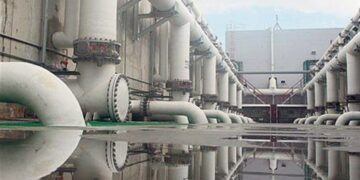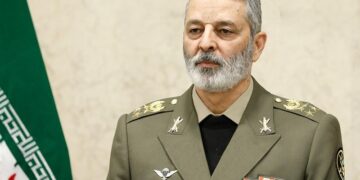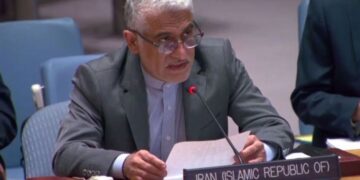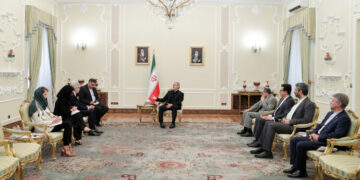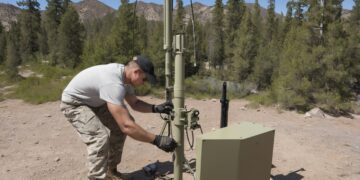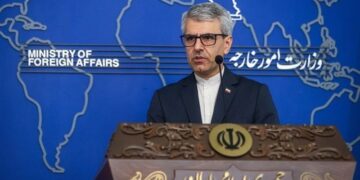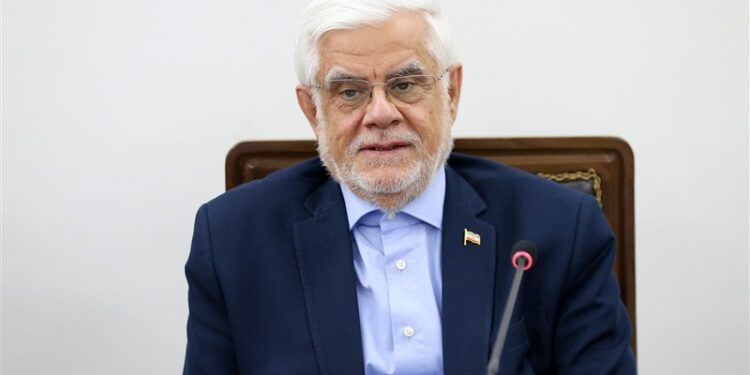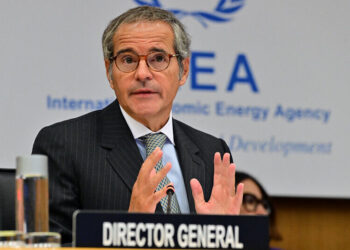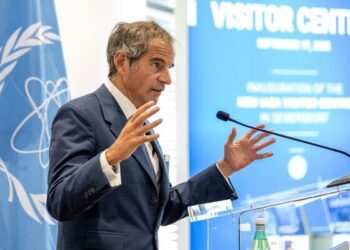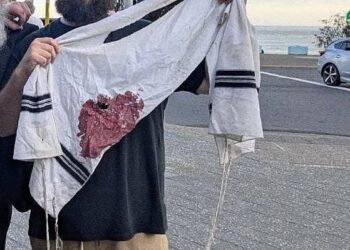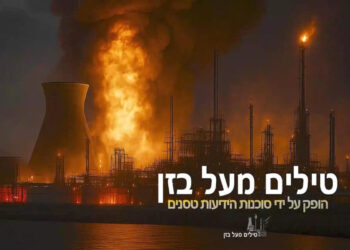VP: Iran’s Post-War Military Achievements Outshine Previous Years – Politics news
In comments on Tuesday, Aref stated that under the wise guidance of Leader of the Islamic Revolution Ayatollah Seyed Ali Khamenei, the enemy sought a ceasefire on the twelfth day of war in June through intermediaries, and Iran accepted the request.
He said one of the key outcomes of the conflict was identifying the areas where more determined efforts were needed.
“Our strategic and military achievements in the four months after the war have certainly been greater than in previous years,” Aref added.
The vice president emphasized that while people should continue living in peace and stability, the country’s academic, strategic, and defense centers have carried out their responsibilities without needing explicit directives.
According to Aref, Iran’s current situation and level of preparedness are better than before June 13, when the war broke out.
He reiterated that although Iran does not seek war, it remains fully prepared to defend itself.
On June 13, the Zionist regime launched an unprovoked war of aggression against Iran, targeting military, nuclear, and residential areas for 12 consecutive days. The United States later escalated the conflict by striking three of Iran’s nuclear sites in Natanz, Fordow, and Isfahan on June 22.
Iran’s Armed Forces delivered an immediate and forceful response. The IRGC Aerospace Force carried out 22 waves of retaliatory missile strikes under Operation True Promise III, inflicting significant damage and heavy losses on cities across the occupied territories.
In retaliation for the US attacks, Iranian forces also targeted al-Udeid Air Base in Qatar —the largest American military installation in West Asia— with a barrage of missiles.
The confrontation came to an end on June 24, when a ceasefire was enforced.
VP: Iran’s Post-War Military Achievements Outshine Previous Years – Politics news
Fibonacci Ai


